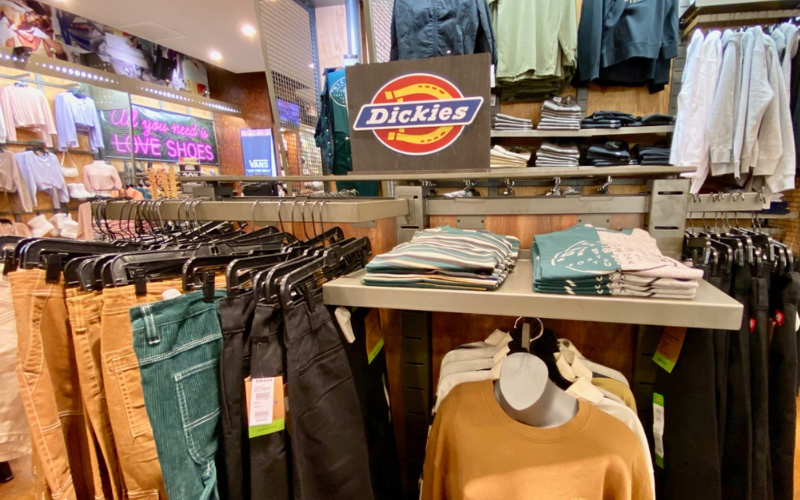
August closed on a stronger note than expected for U.S. retailers, with monthly sales outperforming forecasts and offering a degree of reassurance after a turbulent summer. Yet beneath the headline growth, the industry saw a flurry of strategic moves, leadership stories, and even the passing of an era.
Target continued to double down on its turnaround strategy. The retailer is betting big on the holiday season, significantly expanding its assortment, extending its next-day delivery service to new regions, and reviving its popular Target Circle Week promotion. In parallel, the company announced plans to open seven new stores this fall—most in larger formats—signaling confidence in the long-term value of physical retail even as digital remains a growth engine.
Macy’s delivered one of the month’s strongest surprises. For the first time in three years, same-store sales rose across all three divisions, helping to drive robust second-quarter results. The department store giant raised its full-year 2025 guidance, a rare note of optimism in a sector that has often struggled to maintain momentum.
Meanwhile, JC Penney leaned into its comeback narrative with high-profile collaborations: a capsule collection with legendary designer Bob Mackie and a limited exclusive offering from Rebecca Minkoff. These partnerships aim to infuse glamour and credibility into a brand long in need of fresh cultural relevance.
In the brand portfolio world, VF Corporation announced the sale of Dickies to Blue Star Alliance, continuing VF’s strategy of streamlining its focus on higher-growth labels. At the same time, Dick’s Sporting Goods posted upbeat Q2 results as it readies a merger with Foot Locker, a move that could reshape the sporting goods retail landscape.
Not all developments were celebratory. Companies that had proactively shifted production from China to countries like India and Brazil are now facing steep tariffs that threaten margins and, in some cases, their ability to compete on price. The lesson: global supply-chain moves that once seemed forward-looking are colliding with a volatile policy environment.
Finally, the fashion world marked the loss of Giorgio Armani, the legendary designer whose sleek tailoring and minimalist style defined decades of luxury fashion. His passing underscores the generational shift underway in global fashion leadership, even as younger labels and legacy retailers grapple with reinvention.



